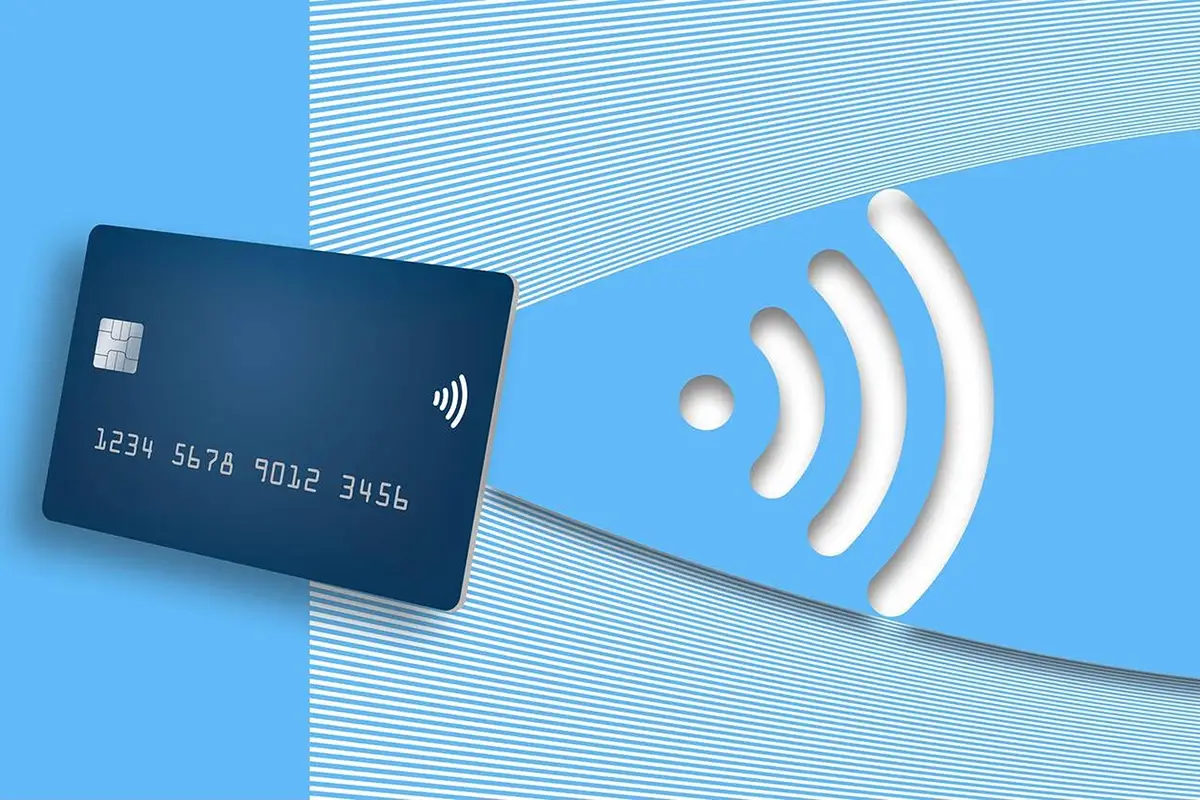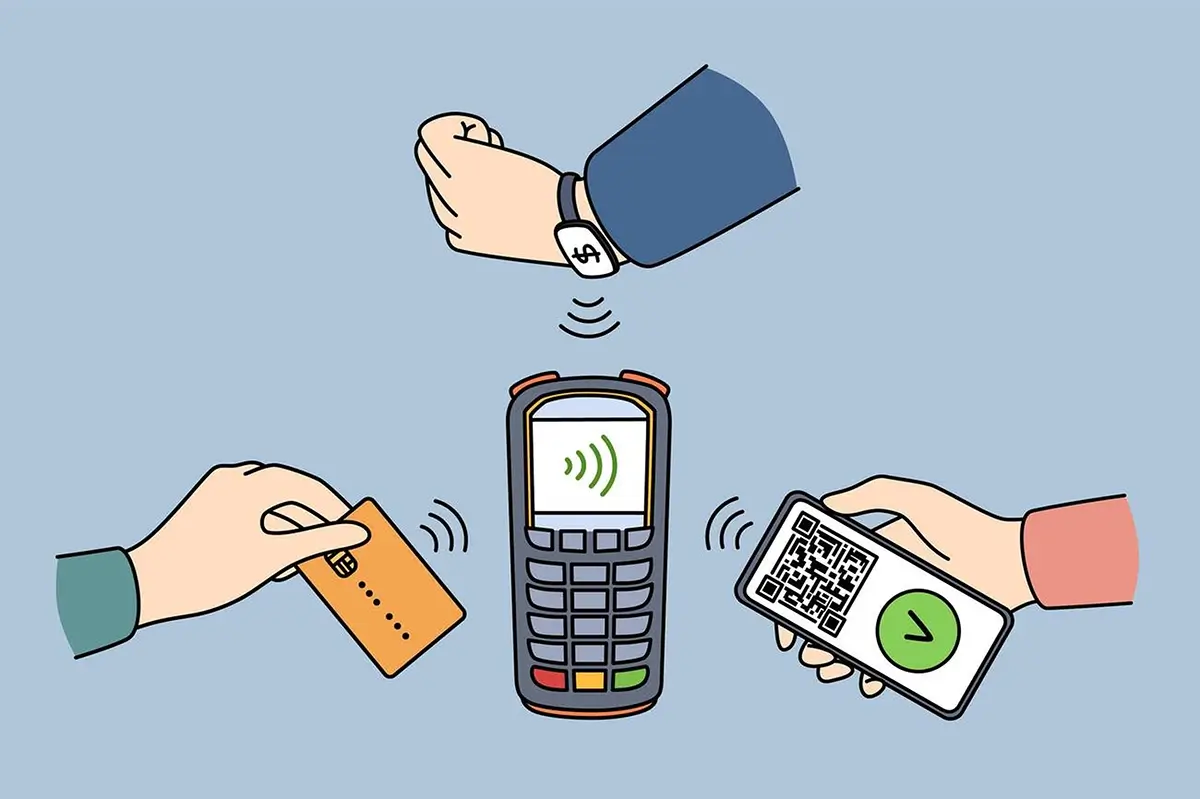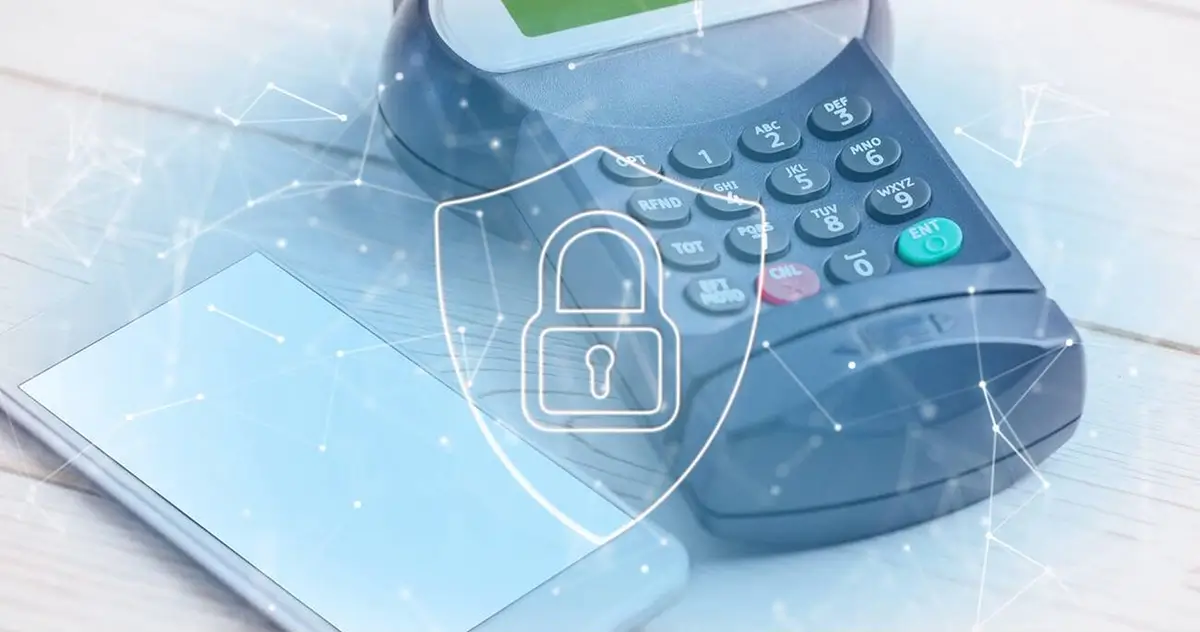The Convenience of Contactless Payments: Exploring the Benefits of Apple Pay and Beyond

In today’s fast-paced and technology-driven world, contactless payments have become a game-changer for consumers. With the rise of mobile payment options like Apple Pay and other similar platforms, the convenience of making secure payments with just a flick of our wrist has revolutionized the way we shop.
Apple Pay, a leading player in the contactless payments arena, has gained popularity for its seamless user experience and robust security features. By linking your credit or debit card to your Apple device, you can make purchases with ease, both in-store and online, without the hassle of carrying physical cards or entering payment details repeatedly.
But the benefits of contactless payments go beyond just the ease of use. They also provide an added layer of security, as they often rely on tokenization to safeguard users’ sensitive payment information. This means that even if a transaction were to be intercepted, the consumer’s personal data would remain secure.
In this article, we will explore the benefits of Apple Pay and delve into the world of contactless payments, highlighting how they are transforming the way we conduct financial transactions. Join us as we unlock the potential of a more convenient, secure, and efficient payment method.

Understanding Apple Pay and its features
One of the most popular contactless payment platforms is Apple Pay. Developed by Apple Inc., this mobile payment service allows users to make payments using their Apple devices, including iPhones, Apple Watches, and iPads. By simply adding their credit or debit card information to the Wallet app, users can quickly and securely make purchases.
Apple Pay utilizes near field communication (NFC) technology, which allows for seamless communication between the device and the payment terminal. This means that users can simply hold their device near the contactless reader, authenticate the transaction using Touch ID or Face ID, and the payment is complete.
In addition to its ease of use, Apple Pay also offers a range of features that enhance the overall payment experience. One such feature is the ability to store multiple cards in the Wallet app, allowing users to choose the card they want to use for each transaction. This eliminates the need to carry multiple physical cards and provides flexibility and convenience.
Another notable feature of Apple Pay is its integration with various apps and websites. Many merchants and service providers now offer Apple Pay as a payment option within their own apps or websites, making the checkout process even more seamless. With just a touch of a button, users can authorize payments without having to enter their card details or shipping information.
Benefits of using Apple Pay
There are several compelling benefits to using Apple Pay for your everyday transactions. Firstly, the convenience factor cannot be overstated. With Apple Pay, there’s no need to carry around a bulky wallet full of cards. Instead, all your payment information is stored securely on your Apple device, ready to be used whenever you need it.
Furthermore, Apple Pay offers a faster checkout experience compared to traditional payment methods. Rather than fumbling for cash or swiping a card, all it takes is a quick tap or wave of your device to complete a transaction. This not only saves time but also reduces the chances of errors or delays at the checkout counter.
Another significant benefit of Apple Pay is its enhanced security features. When you make a payment with Apple Pay, your actual card details are never shared with the merchant. Instead, a unique device account number is assigned to your transaction, protecting your sensitive information from potential data breaches or fraudulent activities.
Additionally, Apple Pay utilizes biometric authentication, such as Touch ID or Face ID, to ensure that only authorized users can make payments. This adds an extra layer of security, as it prevents unauthorized individuals from using your device to make purchases. In the event that your device is lost or stolen, you can also remotely disable Apple Pay on that device to prevent any unauthorized transactions.
Overall, Apple Pay offers a seamless, convenient, and secure payment experience for users. With its wide acceptance among merchants and integration with various apps and websites, it has become an indispensable tool for those looking to simplify their financial transactions.
Exploring other contactless payment options
While Apple Pay may be one of the most well-known contactless payment platforms, there are several other options available to consumers. These platforms offer similar benefits and functionalities, allowing users to make secure payments with ease.
One such platform is Google Pay, developed by Google. Like Apple Pay, Google Pay allows users to make payments using their Android devices. By adding their credit or debit card information to the Google Pay app, users can tap their device at contactless payment terminals to complete transactions.
Samsung Pay is another popular contactless payment platform, specifically designed for Samsung devices. Similar to Apple Pay and Google Pay, Samsung Pay enables users to make payments by simply tapping their device on compatible payment terminals. It also supports magnetic secure transmission (MST) technology, which allows it to be used with traditional magnetic stripe terminals as well.
Other notable contactless payment options include Fitbit Pay, which allows users to make payments using their Fitbit smartwatches, and Garmin Pay, which offers similar functionality for Garmin devices. These platforms provide users with the convenience and security of contactless payments, tailored to their specific devices and preferences.
Security measures in contactless payments
One of the primary concerns when it comes to making payments with mobile devices is security. After all, users are entrusting their sensitive financial information to these platforms. However, contactless payments have implemented several security measures to protect users’ data and prevent unauthorized access.
One of the key security features of contactless payments is tokenization. When a user adds their card to a mobile payment platform like Apple Pay, a unique token is generated to represent that card. This token is used for transactions instead of the actual card details, ensuring that the user’s sensitive information remains secure.
Tokenization adds an extra layer of security because even if a transaction were to be intercepted, the token would be useless to a potential attacker. This makes contactless payments more secure than traditional card transactions, where the card details are typically transmitted and stored by merchants.
Additionally, contactless payments often utilize biometric authentication, such as fingerprint or facial recognition, to ensure that only authorized users can make payments. This adds an extra layer of security, as it prevents unauthorized individuals from using a lost or stolen device to make purchases.
Moreover, contactless payment platforms have stringent security protocols in place to protect users’ data. These platforms employ encryption techniques to secure the transmission of data between the device and the payment terminal. They also have robust fraud detection systems to identify and prevent unauthorized transactions.
Overall, contactless payments have implemented multiple security measures to protect users’ sensitive information. With tokenization, biometric authentication, and robust encryption, these platforms provide users with peace of mind when making payments with their mobile devices.
How businesses can benefit from contactless payments
Contactless payments not only benefit consumers but also offer significant advantages for businesses. By accepting contactless payments, businesses can streamline their checkout process, reduce transaction times, and enhance the overall customer experience.
With contactless payments, the checkout process becomes faster and more efficient. Instead of waiting for customers to count out cash or insert their card into a chip reader, businesses can simply provide a contactless payment terminal for customers to tap or wave their devices. This reduces the time spent at the checkout counter, allowing businesses to serve more customers in less time.
Furthermore, contactless payments eliminate the need for physical contact between customers and payment terminals. In today’s world, where hygiene and safety are paramount, this is a significant advantage. Customers can make payments without having to touch buttons or hand over physical cards, reducing the risk of spreading germs or viruses.
Accepting contactless payments also opens up new opportunities for businesses to engage with their customers. By integrating contactless payment options within their own apps or websites, businesses can provide a seamless and convenient shopping experience. This can lead to increased customer loyalty and repeat purchases, as customers appreciate the convenience and ease of using contactless payments.
Additionally, contactless payments offer businesses increased security. With tokenization and robust encryption, the risk of data breaches or fraudulent activities is significantly reduced. This helps businesses protect their customers’ sensitive information and build trust in their brand.
Overall, contactless payments present numerous benefits for businesses. From streamlining the checkout process to enhancing customer satisfaction and improving security, accepting contactless payments can give businesses a competitive edge in today’s digital landscape.
Contactless payments in the future
As technology continues to evolve, contactless payments are likely to become even more prevalent in the future. The convenience and security offered by these platforms are driving their adoption among consumers, and businesses are increasingly recognizing the benefits of accepting contactless payments.
One area that is expected to see significant growth is the integration of contactless payments into various Internet of Things (IoT) devices. Imagine being able to make a payment directly from your smart refrigerator or your connected car. With the increasing interconnectedness of devices, contactless payments can become an integral part of our everyday lives, making transactions seamless and effortless.
Moreover, the rise of wearables, such as smartwatches and fitness trackers, presents new opportunities for contactless payments. Already, platforms like Apple Pay and Fitbit Pay allow users to make payments using their wearable devices. As these technologies continue to advance, we can expect to see more innovative ways to make contactless payments, further enhancing the convenience and ease of use.
Another exciting development in the contactless payments landscape is the emergence of blockchain technology. Blockchain has the potential to revolutionize the way transactions are conducted, providing increased transparency, security, and efficiency. By leveraging blockchain, contactless payments can become even more secure and tamper-proof, further enhancing consumer trust and adoption.
With ongoing advancements in technology and the increasing demand for convenience, it is clear that contactless payments will continue to reshape the way we conduct financial transactions. Whether it’s through smartphones, wearables, or IoT devices, contactless payments offer a future where making payments is effortless, secure, and seamless.
Steps to set up Apple Pay
Setting up Apple Pay is a straightforward process. Here are the steps to get started:
- First, ensure that your device is compatible with Apple Pay. Apple Pay is available on iPhone models starting from the iPhone 6, Apple Watch models, and iPads with Touch ID or Face ID.
- Open the Wallet app on your device. If you don’t have the app, you can download it from the App Store.
- Tap on the plus sign (+) in the top-right corner of the app to add a card.
- Follow the on-screen instructions to add your credit or debit card. You can either manually enter the card details or use the device’s camera to capture the card information.
- Once you’ve entered the card details, your bank may require additional verification. This can be done through a text message, email, or phone call.
- After your card is verified, it will be added to your Wallet app. You may also need to set a default card if you have multiple cards added.
- To make a payment with Apple Pay, simply hold your device near a contactless payment terminal and authenticate the transaction using Touch ID or Face ID.
By following these steps, you can quickly and easily set up Apple Pay and start enjoying the convenience of contactless payments.
Conclusion
Contactless payments, led by platforms like Apple Pay, have transformed the way we make financial transactions. The convenience, speed, and security offered by contactless payments have made them an essential tool in today’s digital landscape.
Apple Pay, with its seamless user experience and robust security features, has gained popularity among users. The ability to make payments with just a tap or wave of your Apple device, both in-store and online, has simplified the payment process and eliminated the need for physical cards.
But the benefits of contactless payments extend beyond just Apple Pay. Several other platforms, such as Google Pay and Samsung Pay, offer similar functionalities, catering to a wide range of devices and user preferences.
Contactless payments provide an added layer of security through tokenization and biometric authentication, ensuring that users’ sensitive information remains secure. Businesses can also benefit from contactless payments by streamlining their checkout process, enhancing customer experience, and improving security measures.
As technology continues to advance, contactless payments are likely to become even more prevalent. The integration of contactless payments into IoT devices and wearables presents new opportunities for seamless transactions. Blockchain technology also holds the potential to further enhance security and transparency in contactless payments.
Whether it’s through smartphones, wearables, or IoT devices, contactless payments offer a future where making payments is effortless, secure, and seamless. So, embrace the convenience of contactless payments and enjoy a more efficient and secure way to shop.




